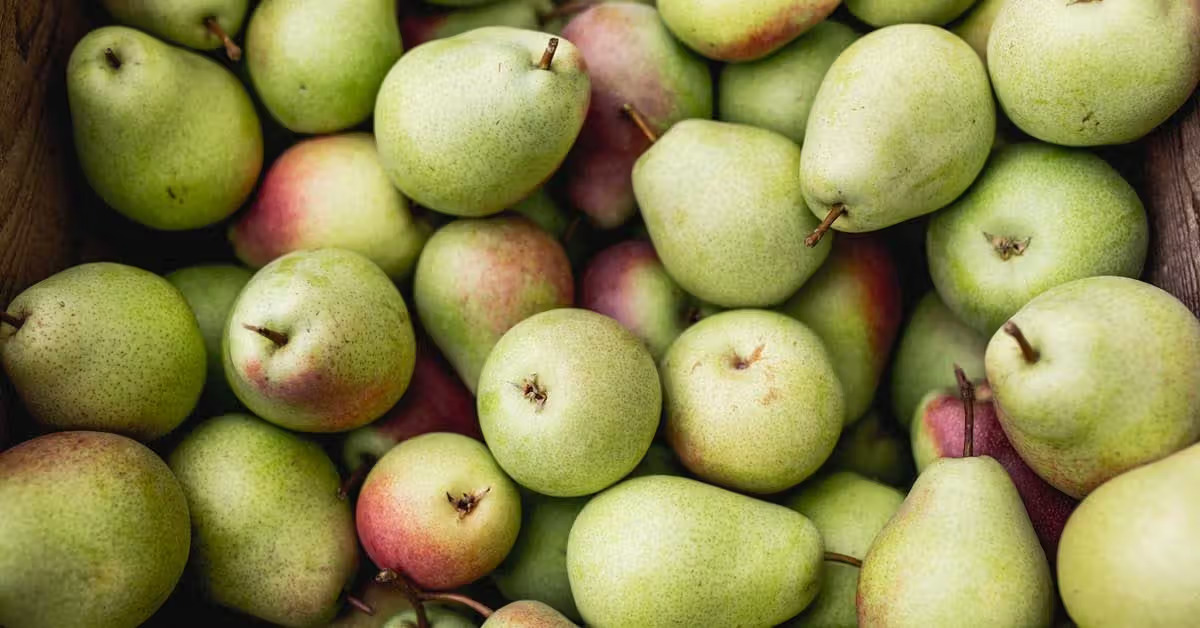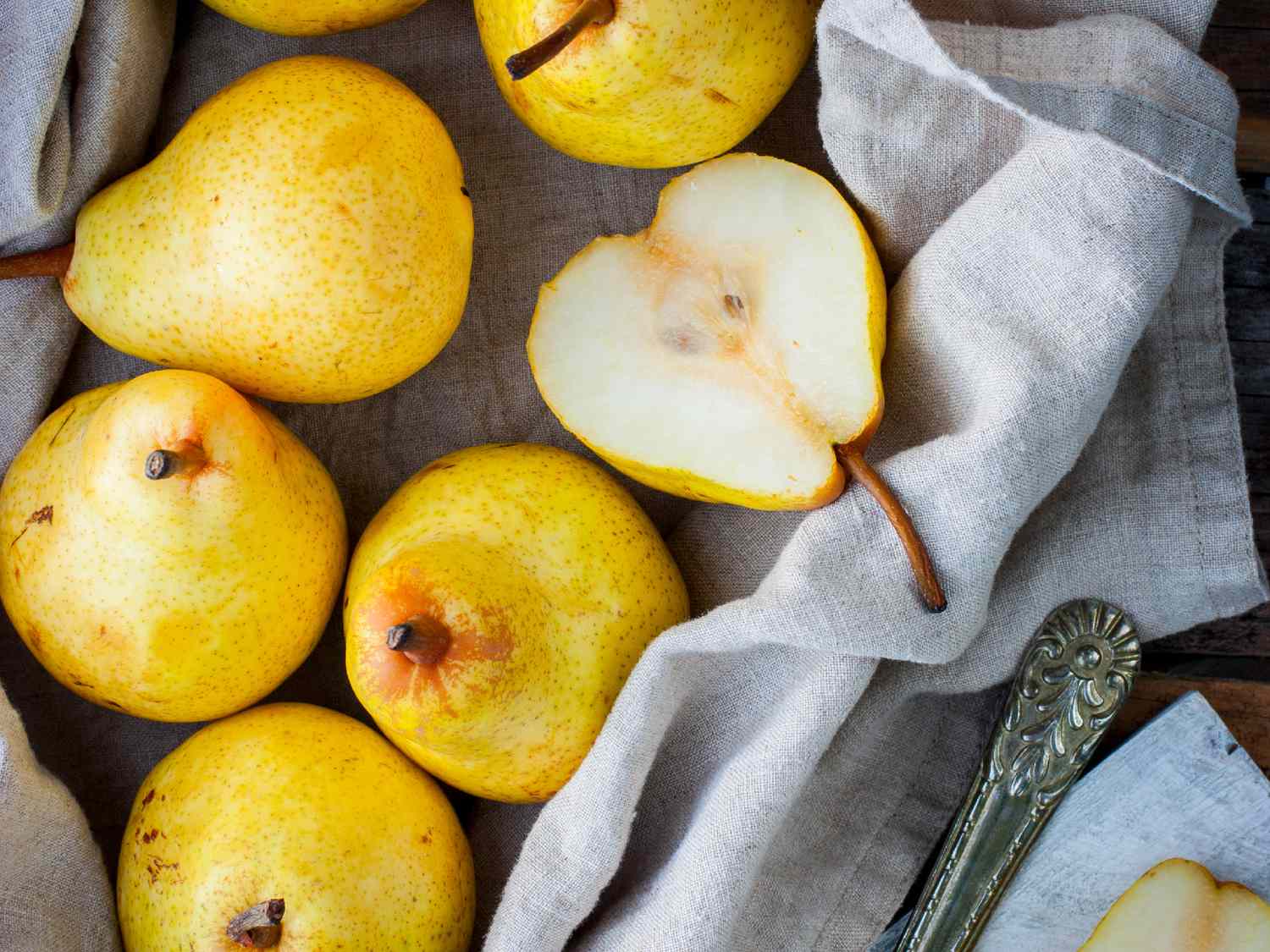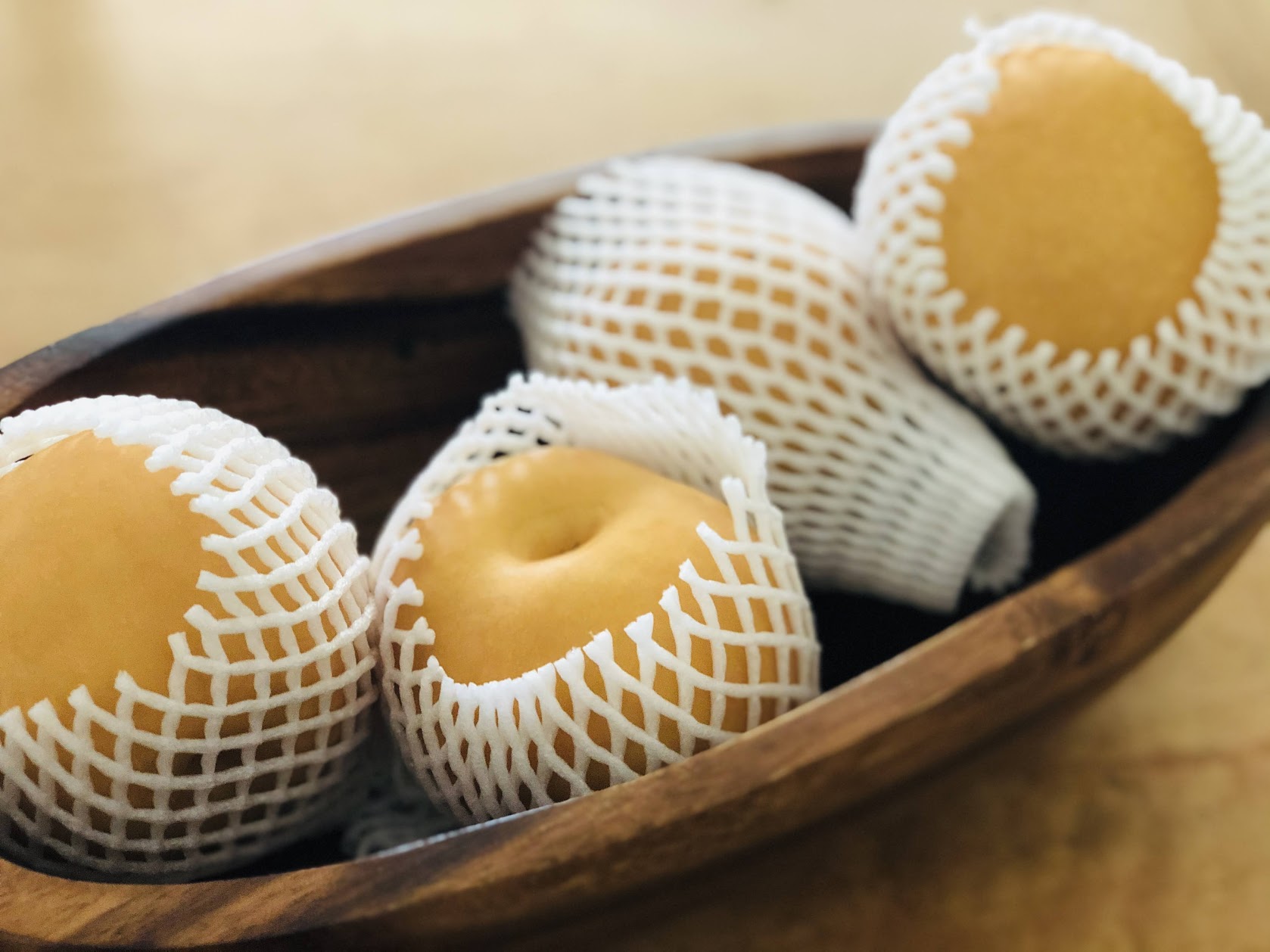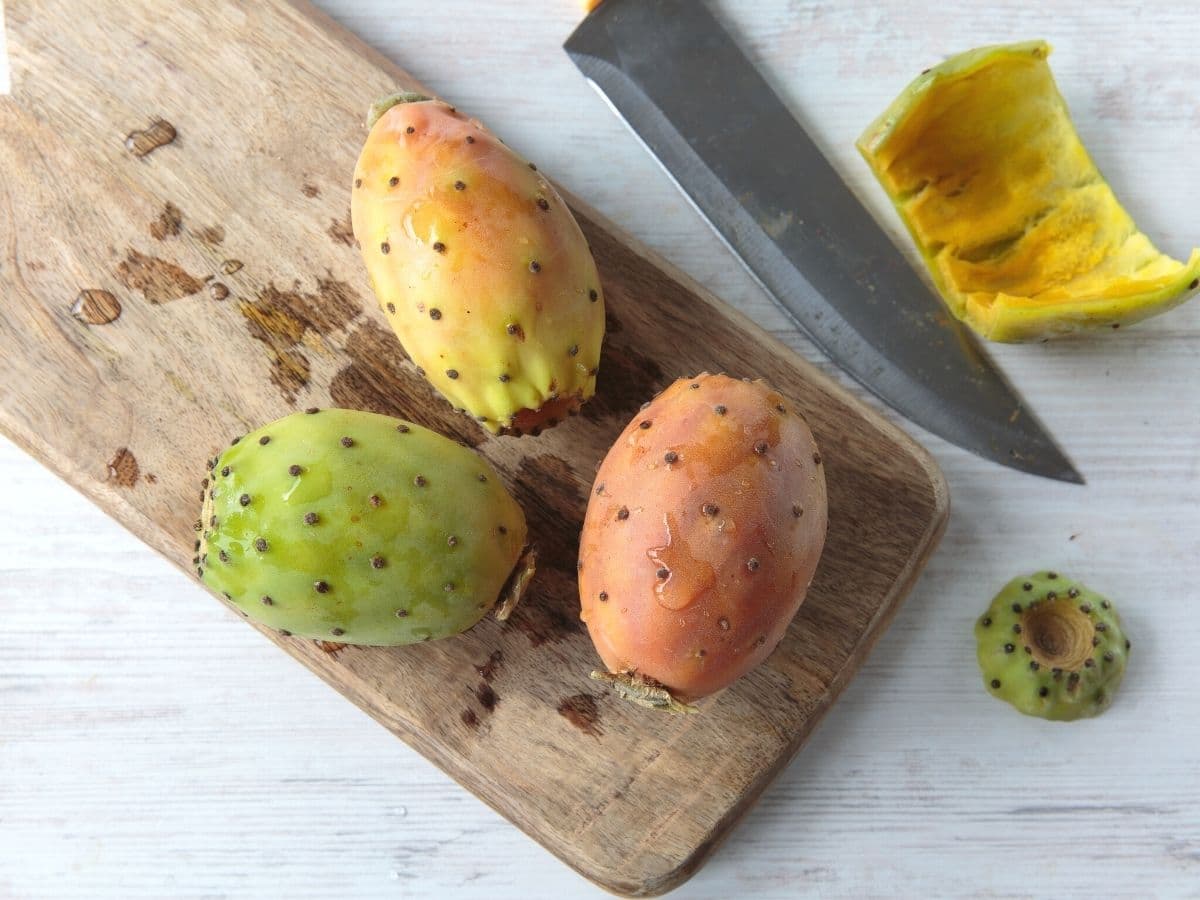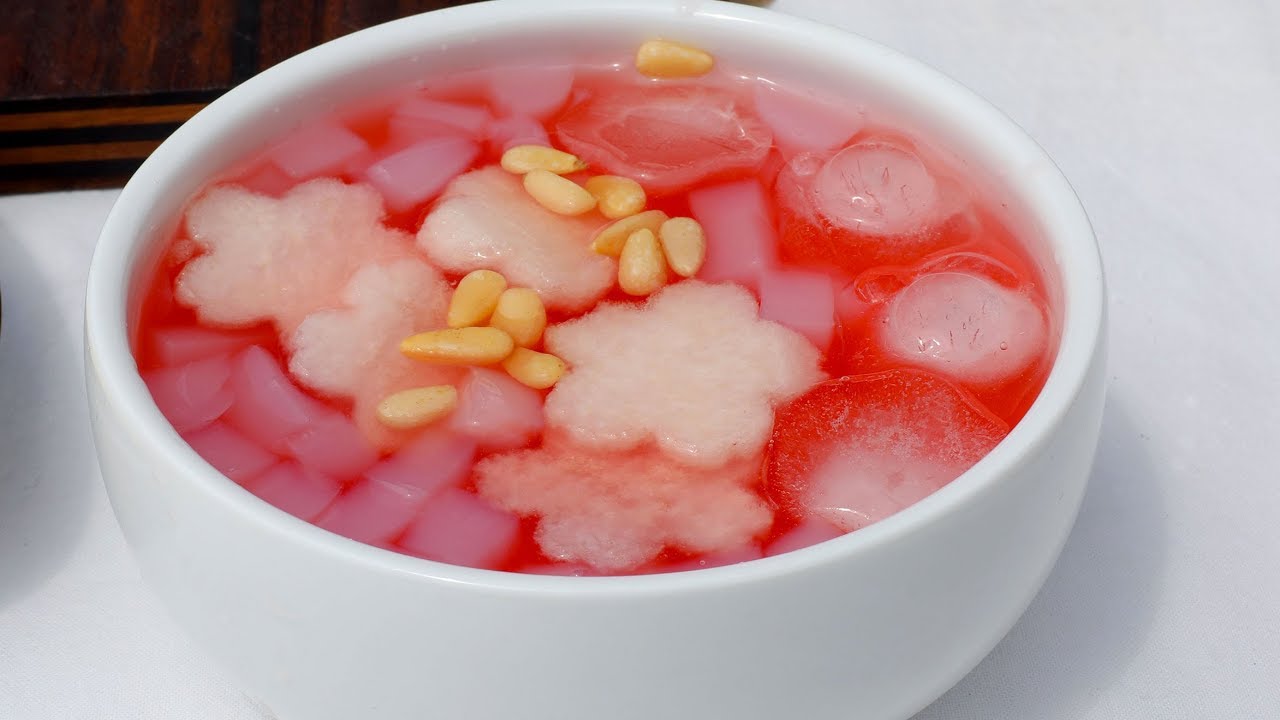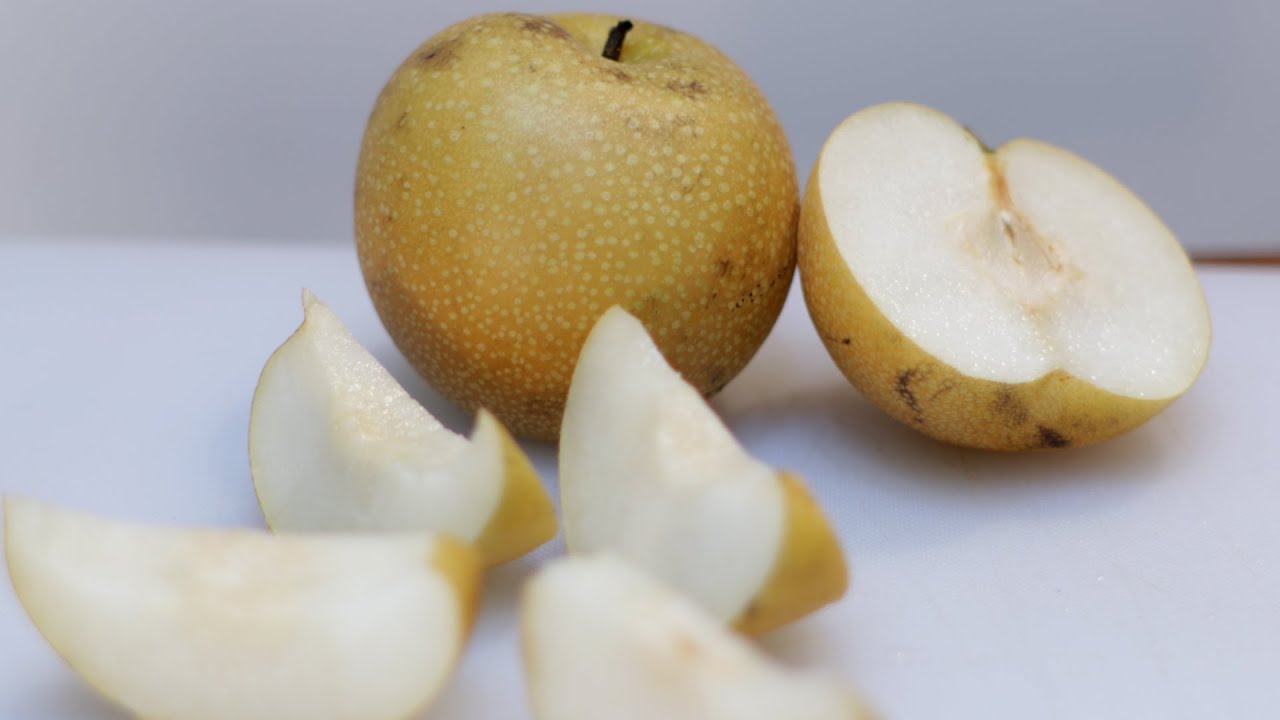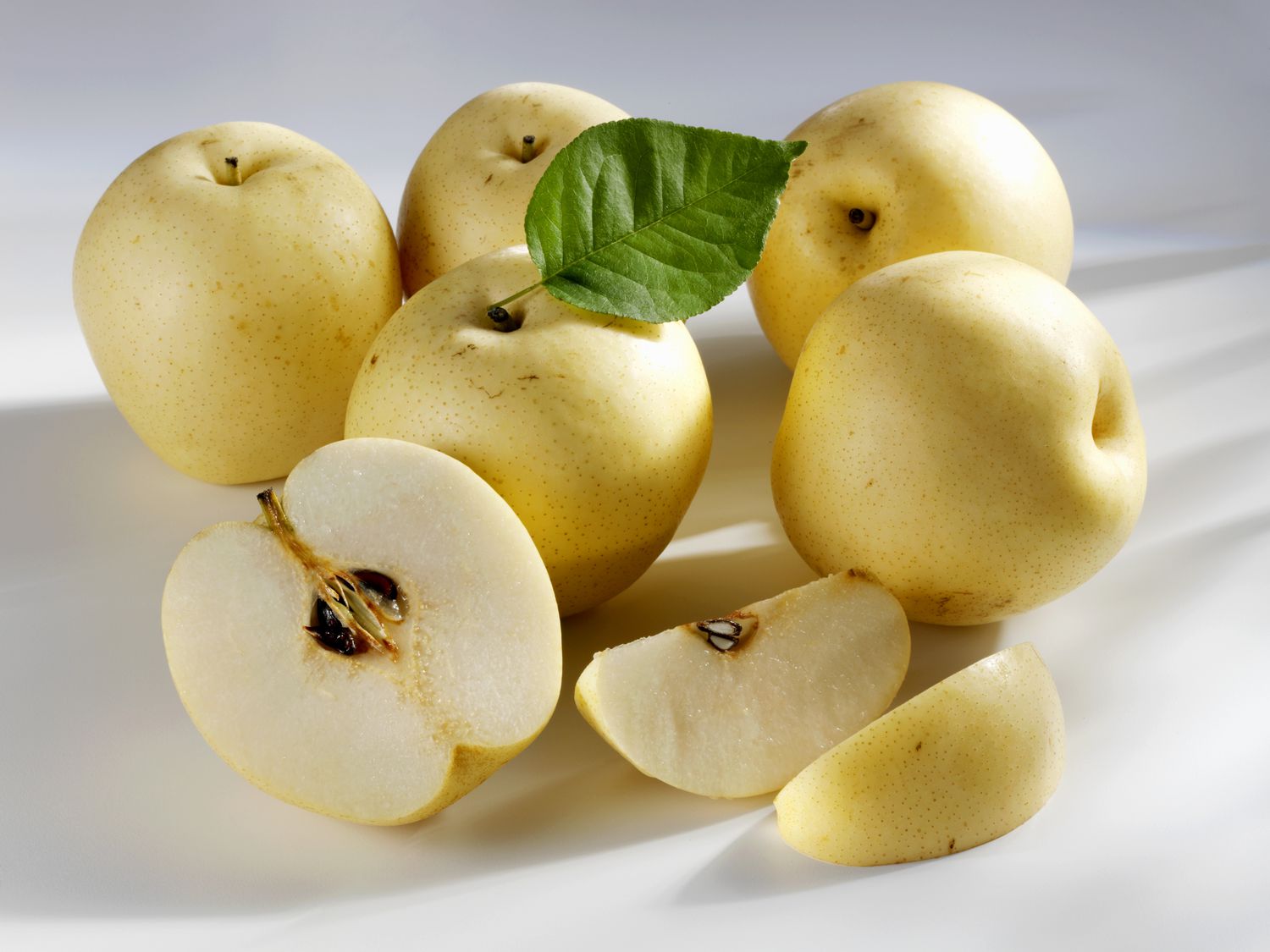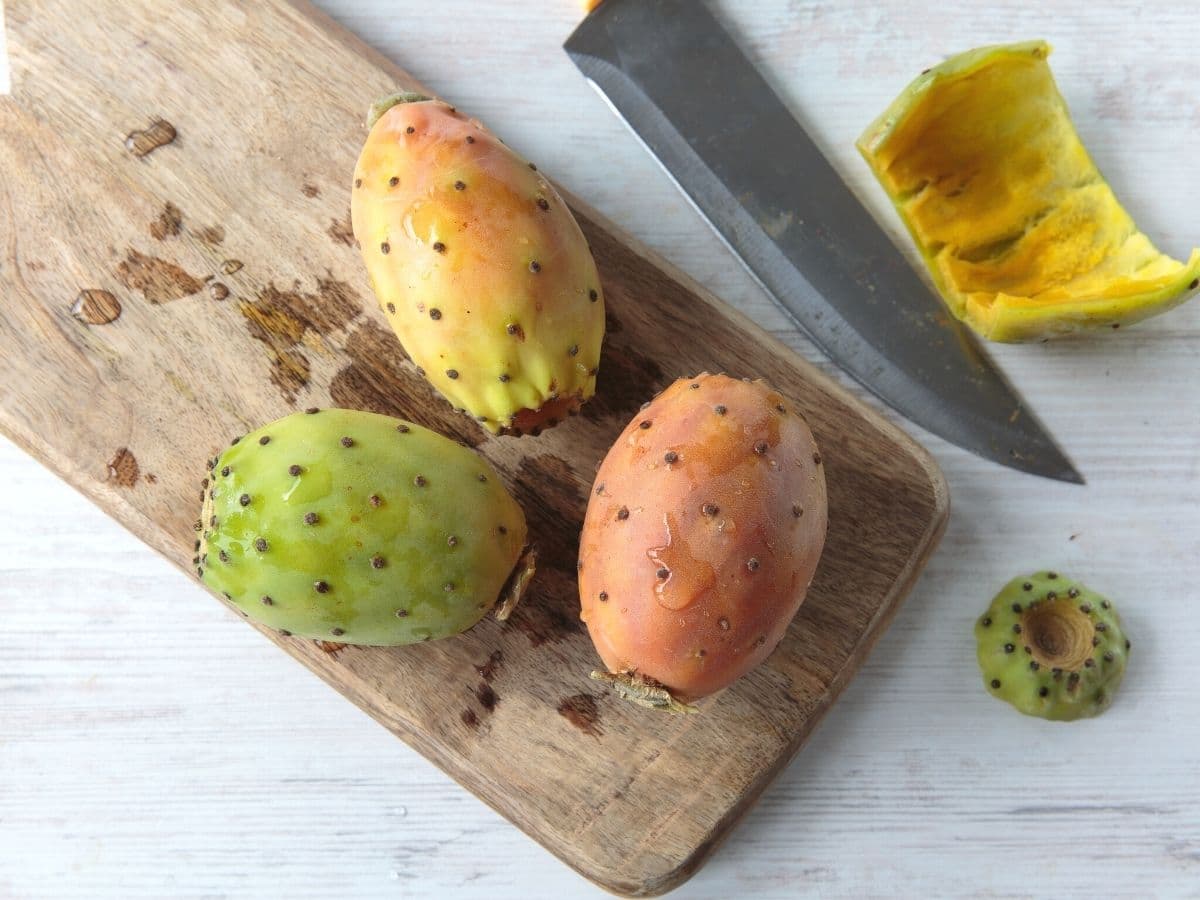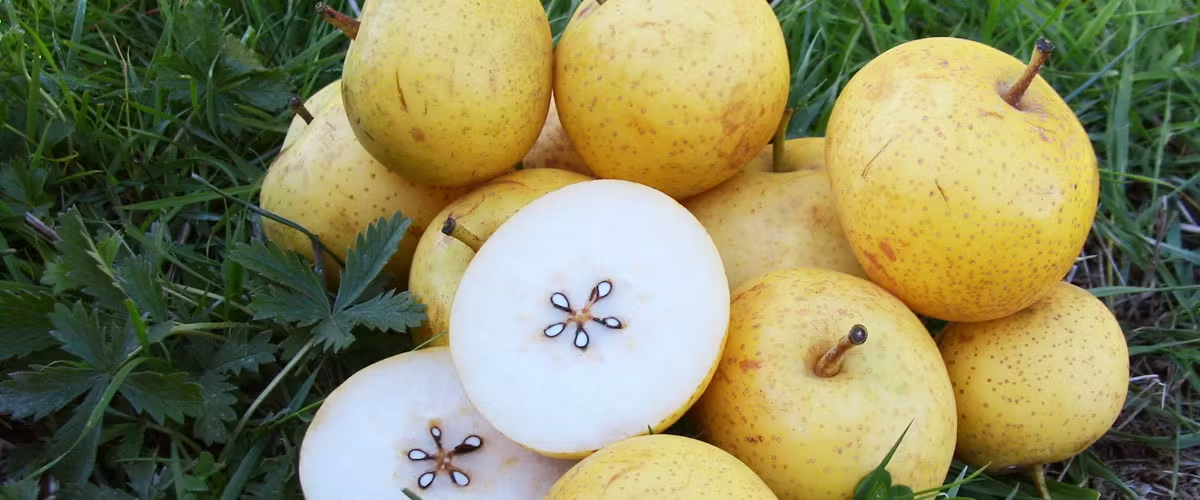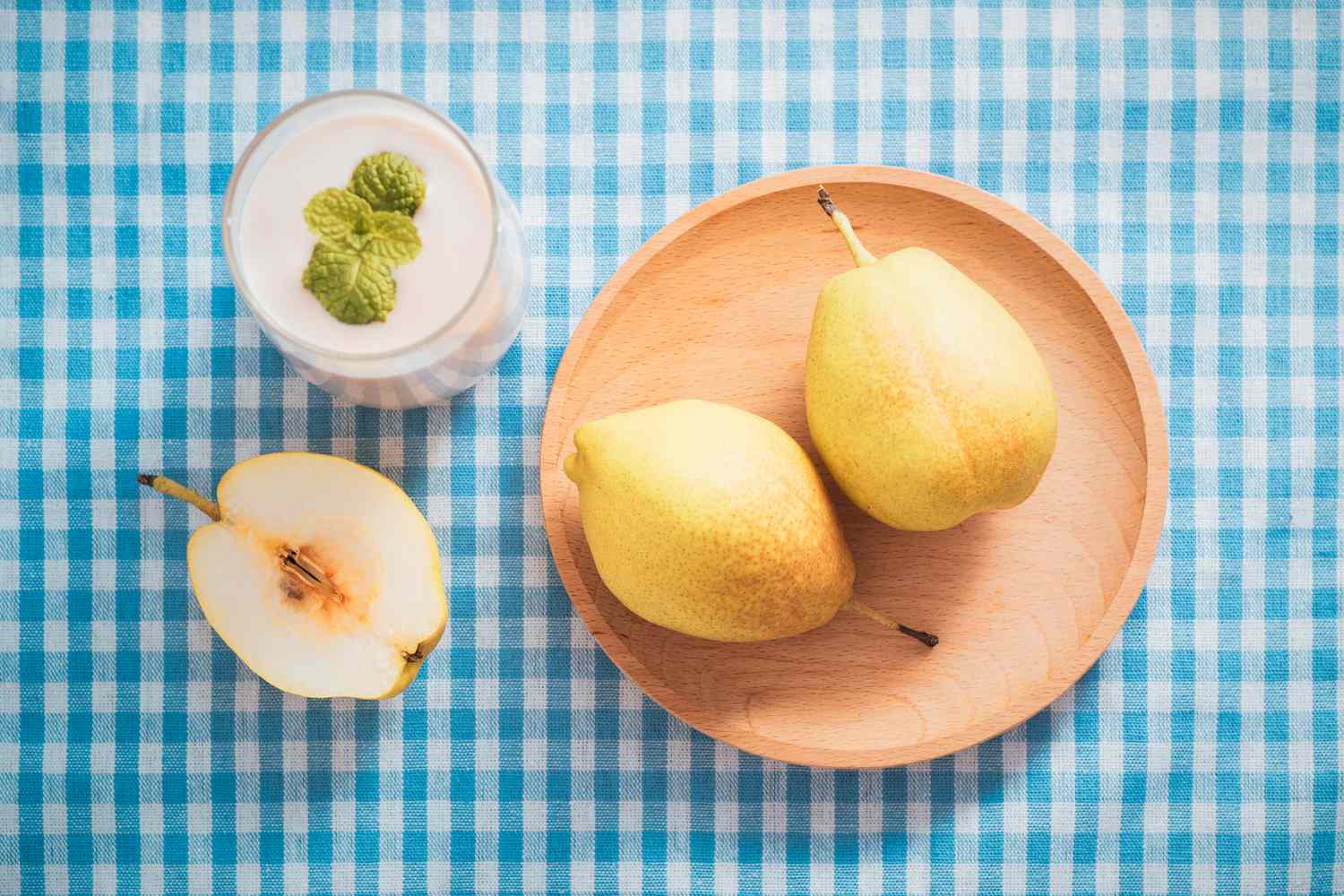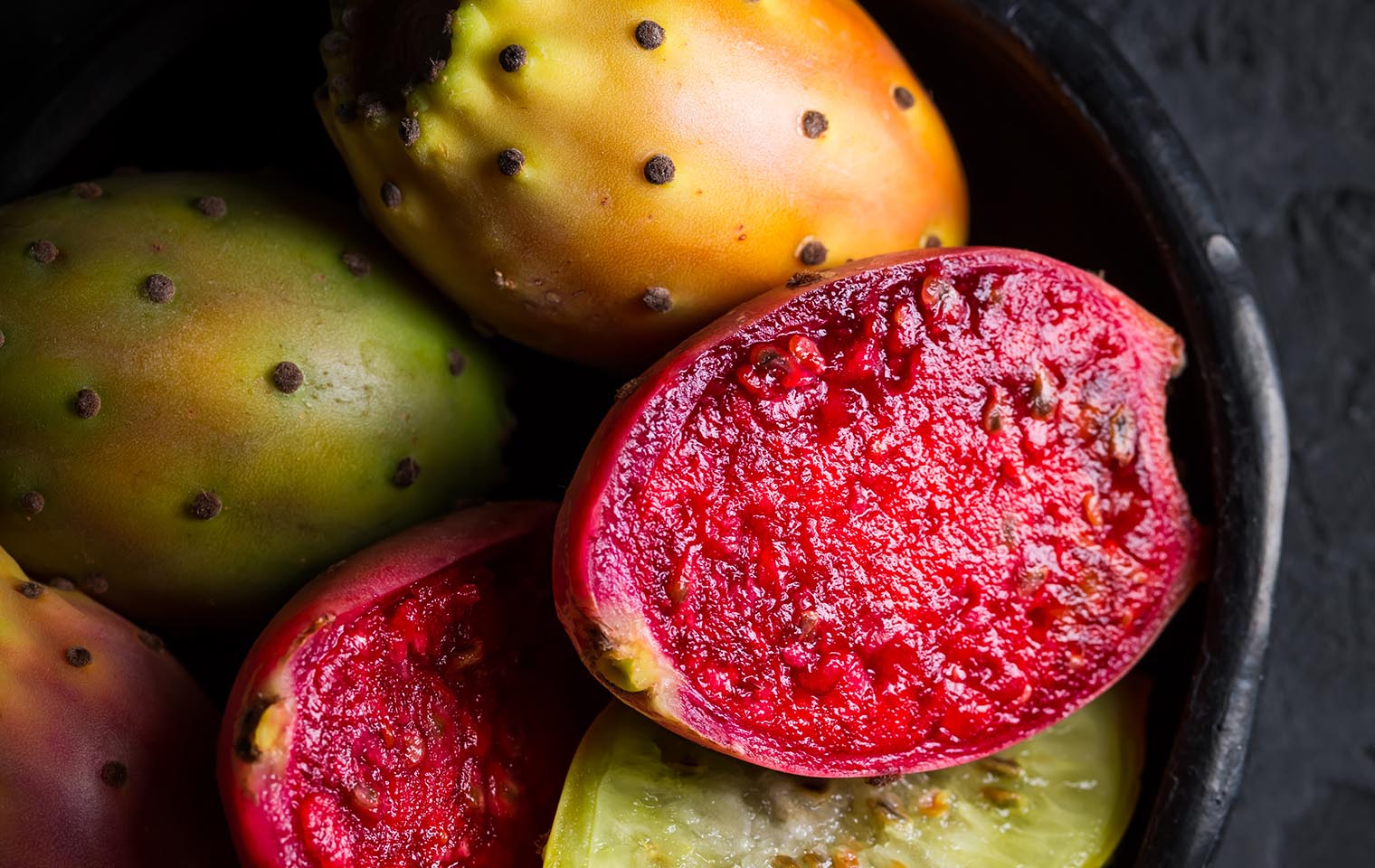Why You Should Eat Pear Skin
Pears are a delicious and nutritious fruit that are enjoyed by many people around the world. While most people peel the skin off before eating a pear, the skin actually contains a lot of valuable nutrients that are beneficial for your health. Here are some reasons why you should consider eating pear skin:
Nutritional Benefits of Pear Skin
The skin of a pear is packed with fiber, antioxidants, and important vitamins and minerals. By eating the skin along with the flesh of the pear, you can maximize the nutritional benefits that this fruit has to offer. Some of the key nutrients found in pear skin include:
- Fiber: The skin of a pear contains a significant amount of dietary fiber, which is important for digestive health and can help prevent constipation.
- Antioxidants: Pear skin contains antioxidants such as vitamin C and quercetin, which can help protect your cells from damage caused by free radicals.
- Vitamins and Minerals: The skin of a pear also contains vitamins A and K, as well as minerals like potassium and magnesium, all of which are essential for overall health.
How to Eat Pear Skin
If you’re not used to eating pear skin, you may be wondering how to incorporate it into your diet. Here are a few simple ways to enjoy pear skin:
- Wash Thoroughly: Before eating the skin of a pear, be sure to wash it thoroughly to remove any dirt or residue.
- Slice Thinly: If the texture of the skin is a concern, try slicing the pear thinly to make the skin easier to chew and digest.
- Add to Smoothies: You can blend whole pears, including the skin, into delicious and nutritious smoothies for a quick and easy way to enjoy the benefits of pear skin.
- Include in Salads: Thinly sliced pear skin can be added to salads for a crunchy texture and added nutritional value.
Final Thoughts
While it may take some getting used to, eating pear skin can be a simple and effective way to boost your intake of essential nutrients. By incorporating pear skin into your diet, you can enjoy the full range of benefits that this delicious fruit has to offer. So next time you reach for a pear, consider leaving the skin on and reaping the nutritional rewards!

